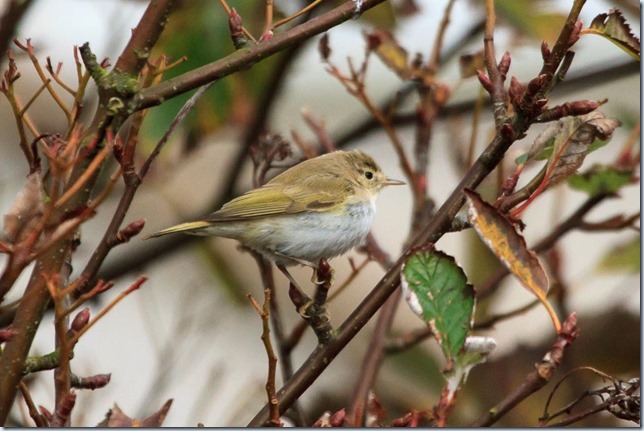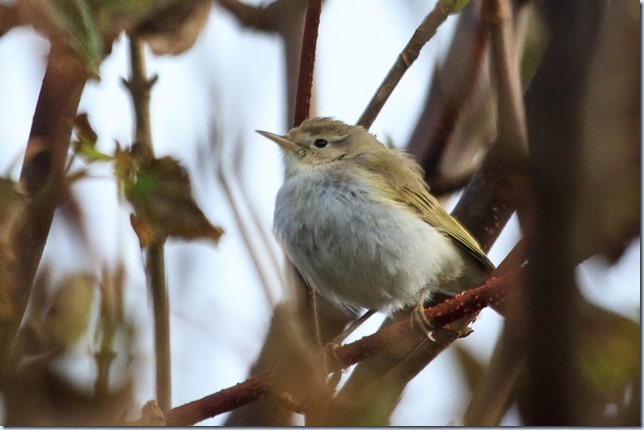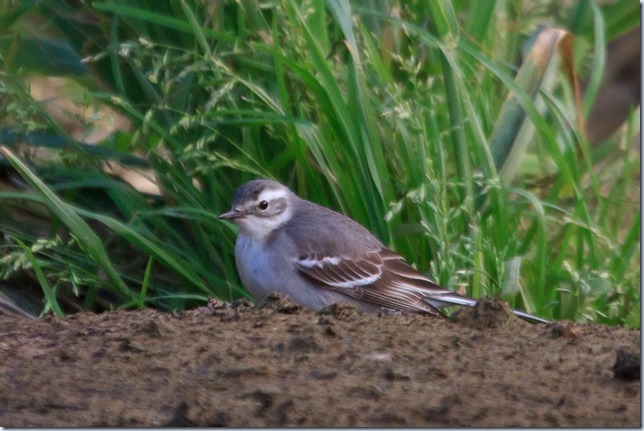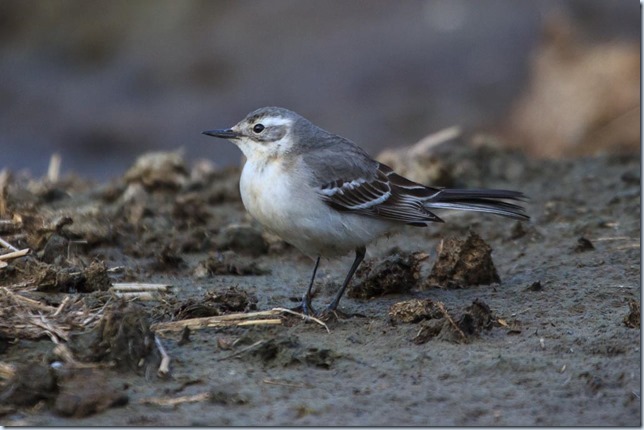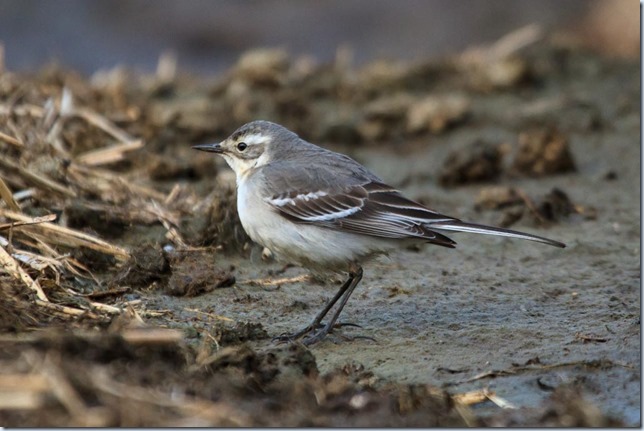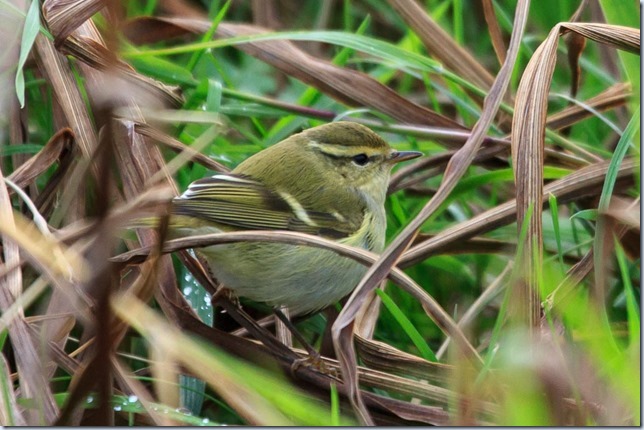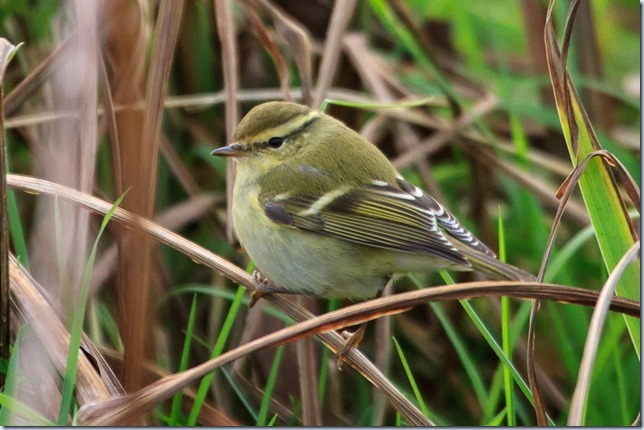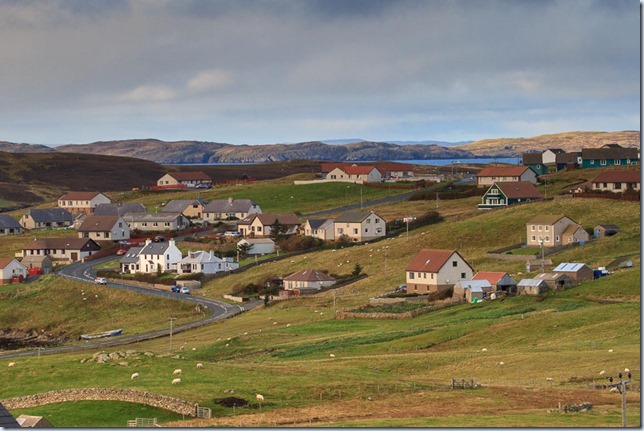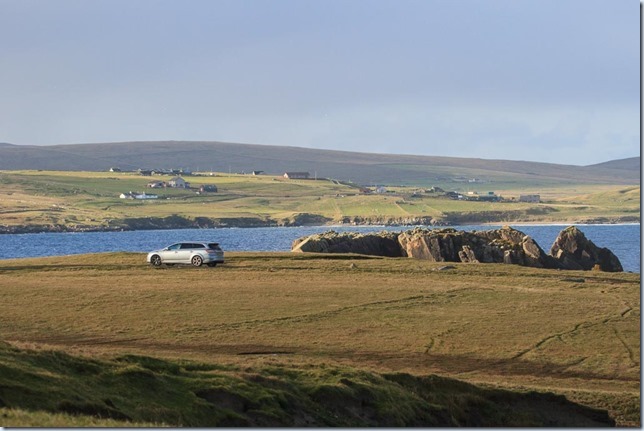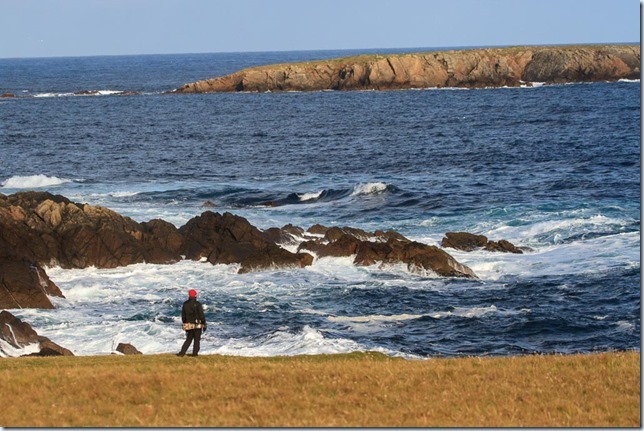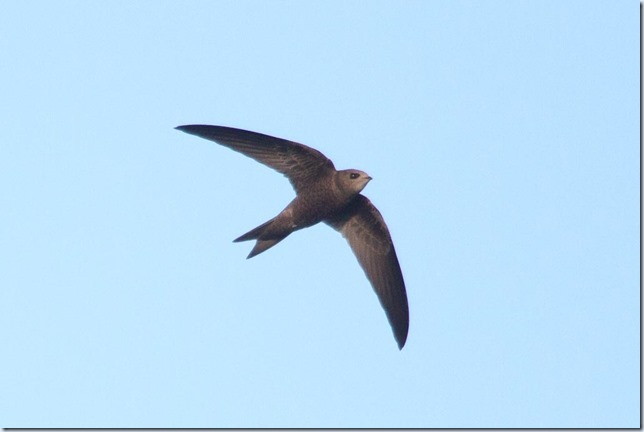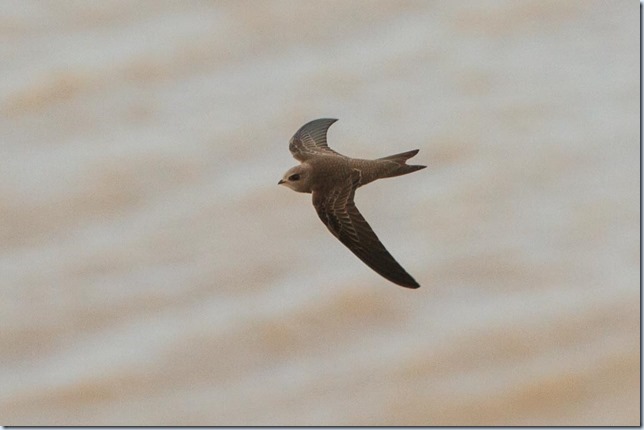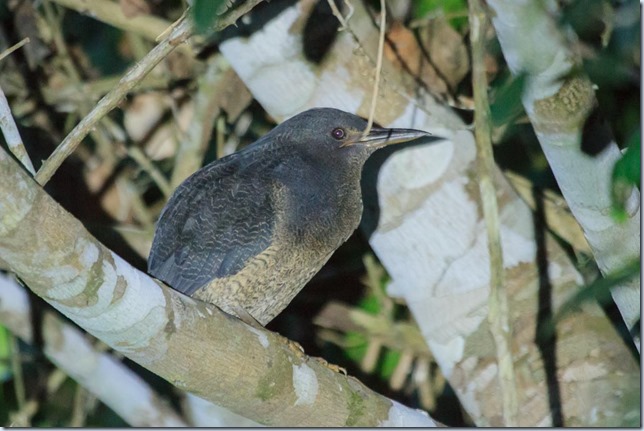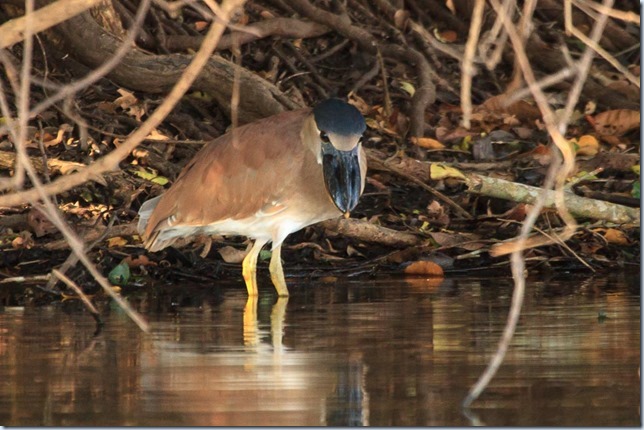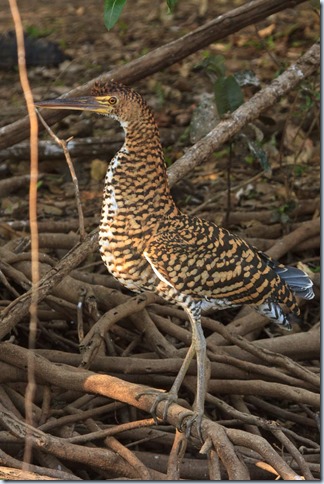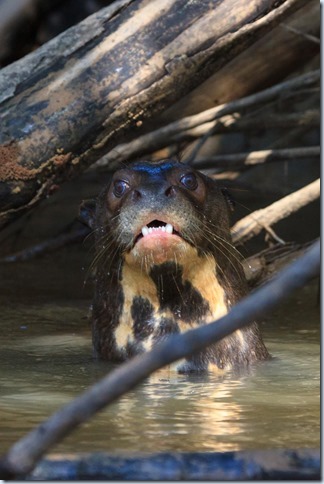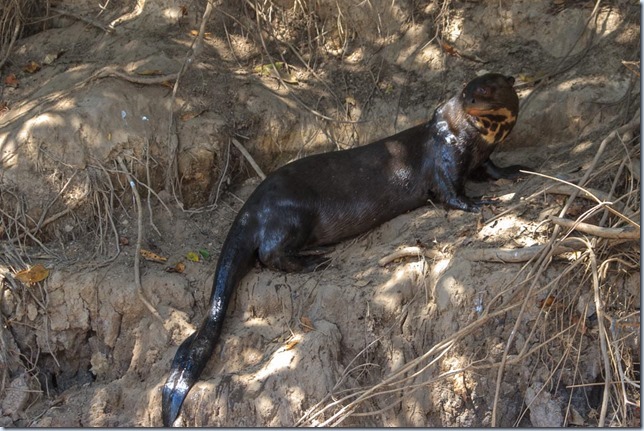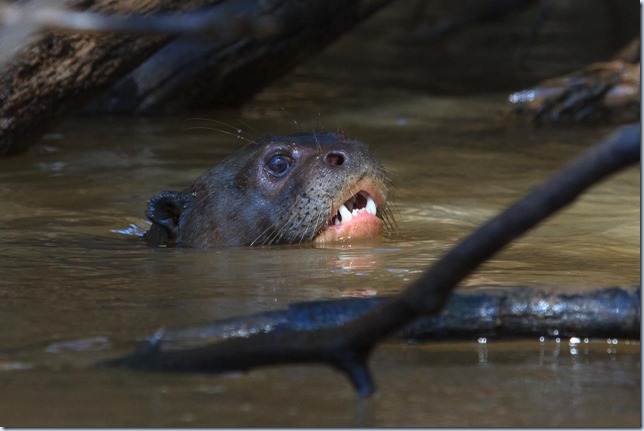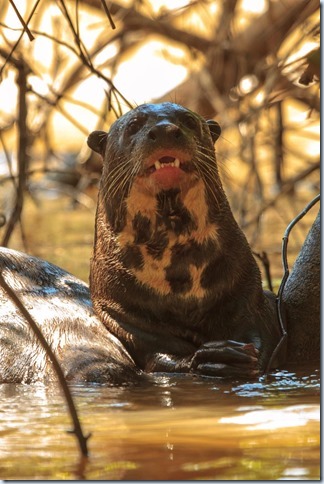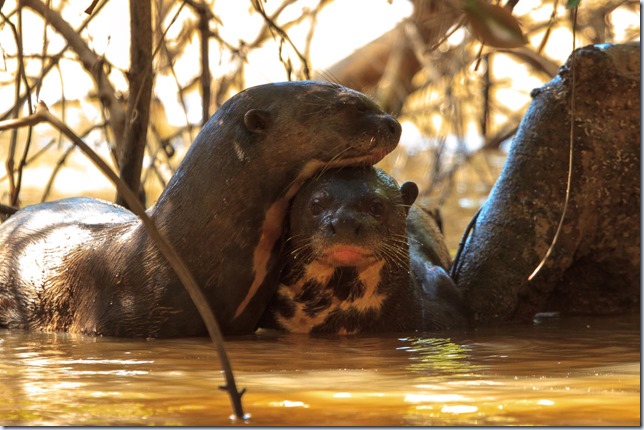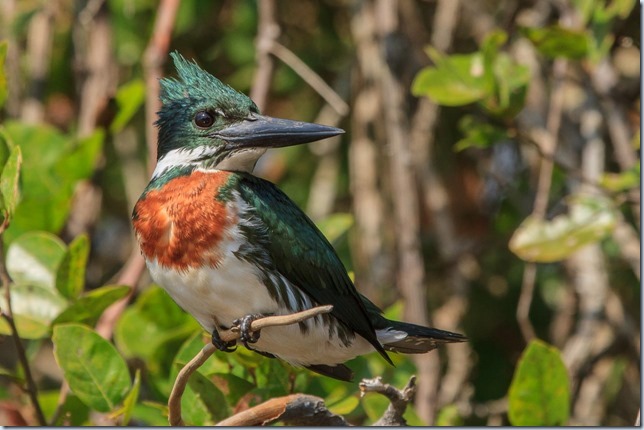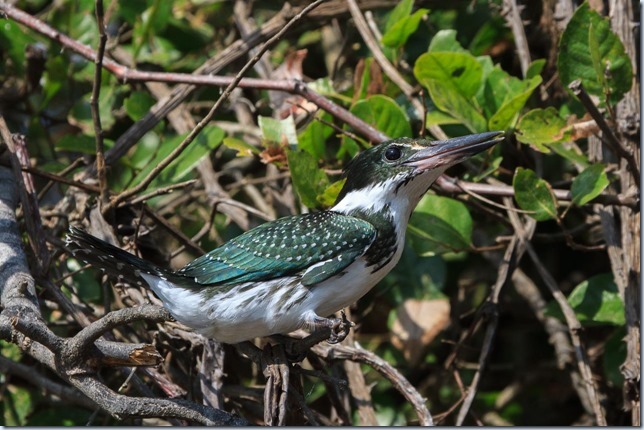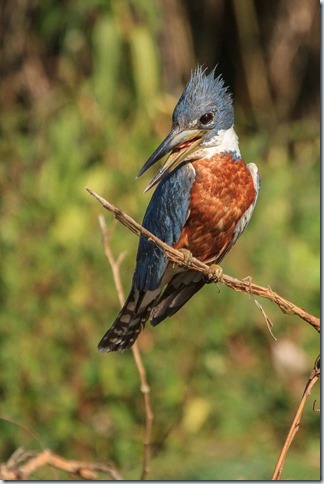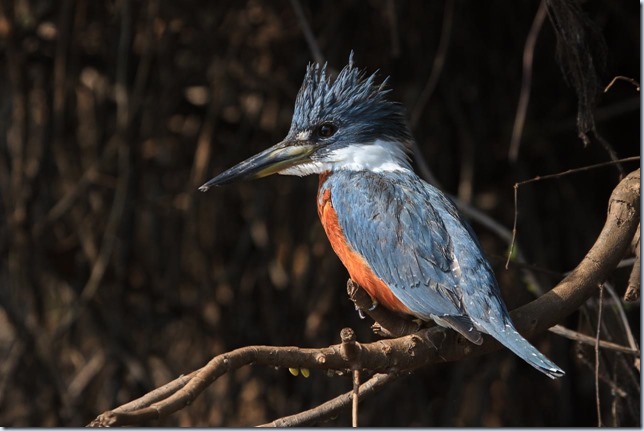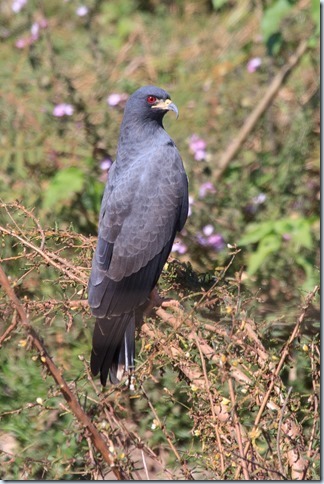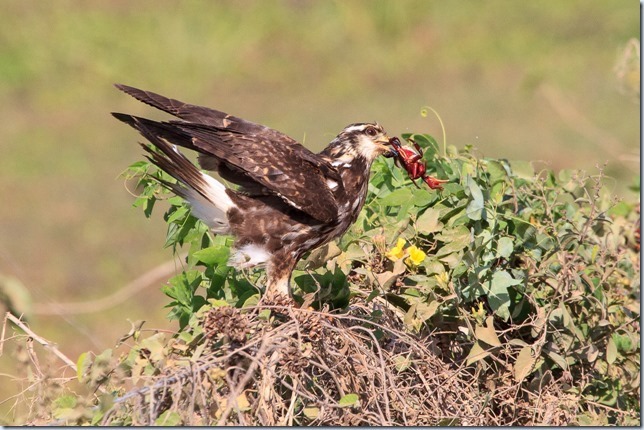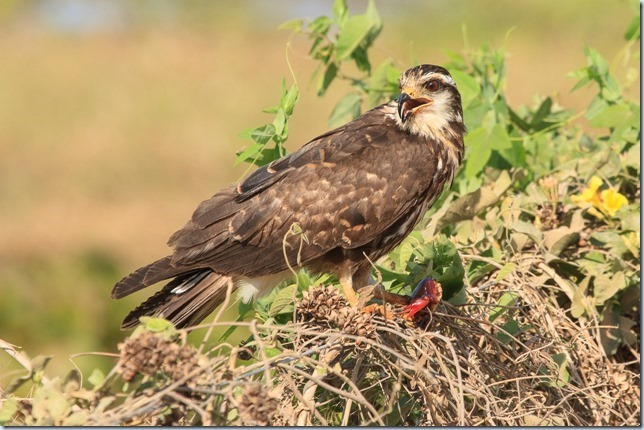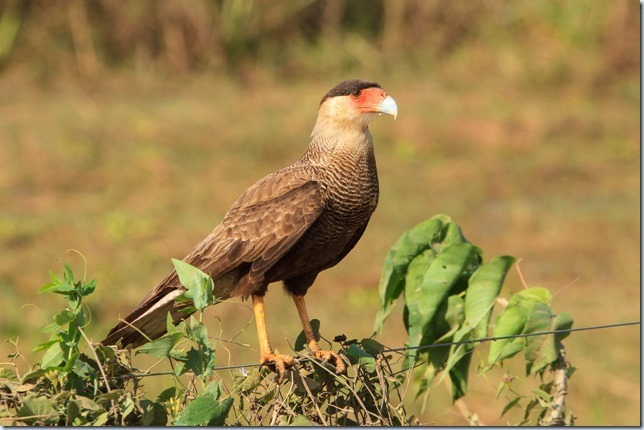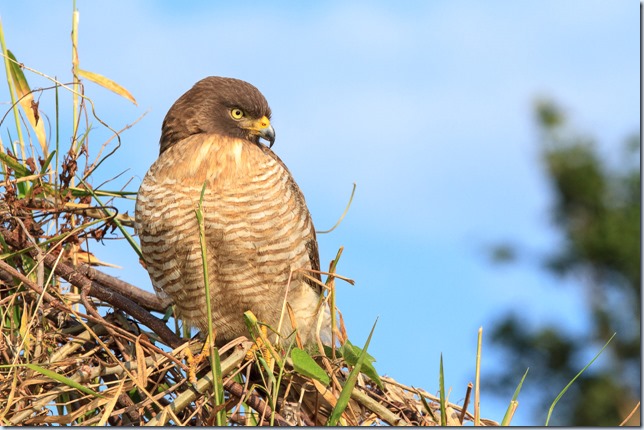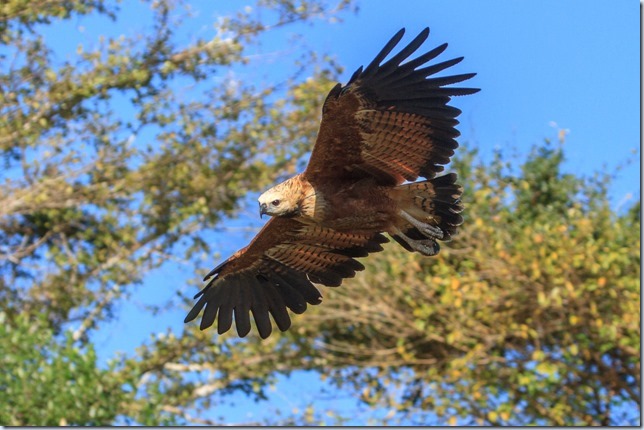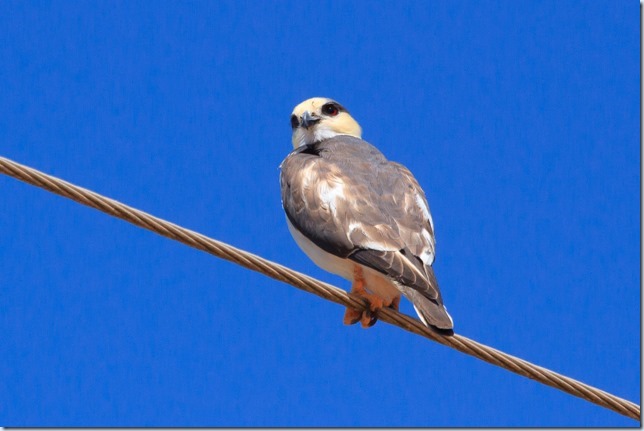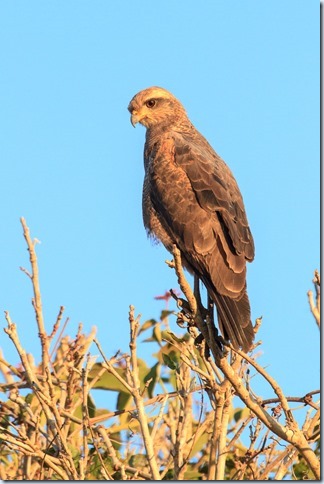I was up on Shetland from 14-20 October with Messrs Eade, Lethbridge, Croft and Johnson – bit later than previous years, so a slightly different experience and mix of birds, but still a fantastic place and a great trip. Since getting back to work on the following Tuesday morning, I’ve been pretty busy there, and then birding at the weekends so this feels a bit like ancient history now. Never mind.
The birding was unsurprisingly quite hard work, with relatively few migrants this late in the season. We still scored a fair range of rarities and scarcities, generally on our own, with very few other visiting birders remaining. The most exciting (but also most challenging) period was the last couple of days, with a strong constant easterly wind and pretty much constant rain. At times, pretty foul conditions – but it was obvious that birds were arriving. Our spirits were buoyed by finding an super-skulky Olive-backed Pipit on the Saturday, and the near-certainty that there was a ‘big one’ out there somewhere to be found kept us going non-stop til the end.
We were right, as well – but the fact it was a male Rubythroat, on Fair Isle, with news breaking while we were on the A1 near Newcastle, was a bit of a kick in the teeth. Still, surely that was it, so not too bad? (I’m sure there will be at least one twitchable mainland Rubythroat in the next ten years, given the recent surge in records). Oh dear: the kick in the teeth was followed by a Cape May style slap in the face. Ouch.
But enough complaining – any trip of this kind is almost guaranteed to miss something good by a day or two, it’s just the nature of the beast. I love these remote places, and rare bird searching / finding (far more than the idea of smash-and-grab twitching megas from down south)… so I’m happy with the outcome, even if it could’ve been better still.
The rarity roll-call featured:
- Wilson’s Phalarope – the moulting adult at Sand
- Western Bonelli’s Warbler – cracking views on Whalsay, with the bird calling quite a bit too
- Little Bunting: very close, though very brief views at Quendale
- Citrine Wagtail: another showy bird, at Fleck, just down the road from Boddam:
- the aforementioned self-found Olive-backed Pipit – a real team effort, found and identified in horrid weather. (Hard to believe this was my bogey bird, with seven dips prior to 2010, yet now I’ve seen one every year since then, and co-found one).
- White-rumped Sandpiper – good views of a rather bright juvenile bird at Boddam, again in driving rain!
- four Yellow-browed Warblers, including a close bird in small patches of irises out on Garths Ness – maybe newly arrived?
- a lovely Red-breasted Flycatcher
- no less than 11 Great Spotted Woodpeckers – pretty scarce on Shetland, but there’s been an impressive influx this year. One bird in the second Sumburgh quarry regularly took cover in a hole in the rocks, in the absence of trees!
- a stonking male Northern Bullfinch
- Long-eared Owl in broad daylight
- numerous educational Siberian Chiffchaffs
- hundreds of Mealy Redpolls
- plenty of Crossbills – sadly all Common for us
And of course, the place itself is fantastic, leaving the birds aside. This scene from Whalsay includes the Bonelli’s favoured gardens…
… while these scenes are from Lamba Ness right up at the top of Unst. Beautiful, if rather bleak…
Finally, in the way home, a diversion via St Abbs was well worth it, scoring the Sardinian Warbler immediately, and then enjoying a range of late autumn migrants including more Yellow-browed Warblers.
Since then, I’ve scored a lifer (and got soaked for my trouble) with the Semipalmated Plover on the south coast, enjoyed the cracking male Two-barred Crossbill in Kent, and been buzzed down to a couple of feet by the awesome pair of Pallid Swifts along the clifftops at Foreness Point in Margate.
So, while there’s plenty in the country that I’d like to see right now (hopefully some of it will stick around – for ages!), I can’t really complain. It’s been pretty good!
